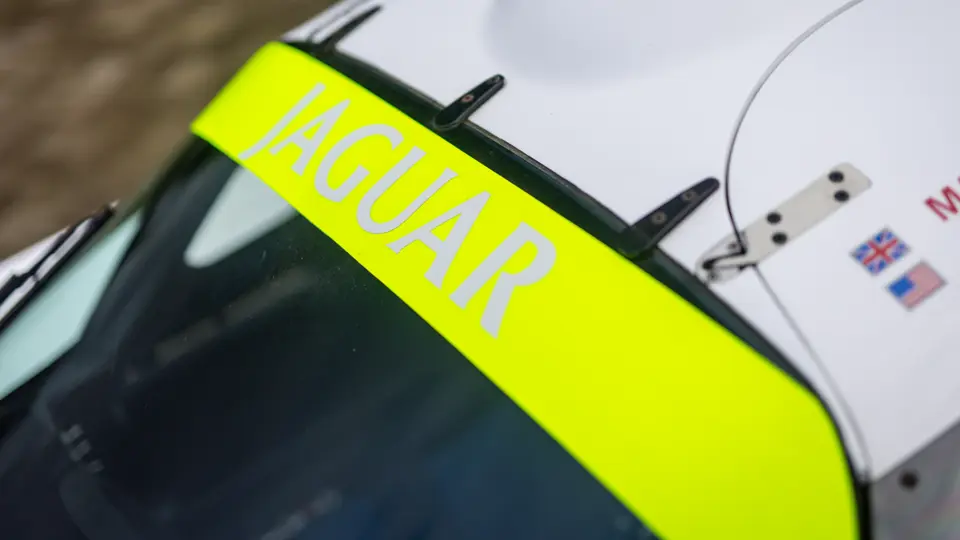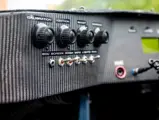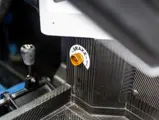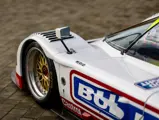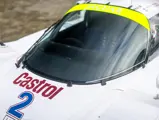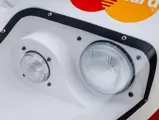
1989 Jaguar XJR-10
{{lr.item.text}}
{{bidding.lot.reserveStatusFormatted}}
- Winner of the 1990 Portland 300 Kilometres and 1991 2 Hours of West Palm Beach
- Campaigned in 18 rounds of the IMSA GT Championship between 1989 and 1991
- Designed by Tony Southgate and Ross Brawn; built by Tom Walkinshaw Racing
- Raced by Davy Jones, Martin Brundle, Jan Lammers, Raul Boesel, and Price Cobb
- Presented in its period-correct Bud Light livery, as worn at Palm Beach in 1991
- Twin-turbocharged, 3.5-litre V-6 rebuilt by Advanced Engine Research in 2019
- Eligible for a variety of popular historic Group C and endurance racing series
- Gagnante des 300 Km de Portland 1990 et des Deux Heures de West Palm Beach 1991
- A participé à 18 manches du Championnat IMSA GT de 1989 à 1991
- Conçue par Tony Southgate et Ross Brawn ; fabriquée par Tom Walkinshaw Racing
- Pilotée par Davy Jones, Martin Brundle, Jan Lammers, Raul Boesel et Price Cobb
- Présentée dans sa livrée Bud Light d'époque, telle qu'elle était en 1991 à Palm Beach
- Moteur V6 de 3,5 litres double turbo reconstruit en 2019 par Advanced Engine Research
- Éligible pour diverses séries historiques de Groupe C et d'endurance
Veuillez noter que ce lot est entré dans l'UE sous couvert d'une autorisation d'importation temporaire, qui doit être annulée soit en exportant le lot en dehors de l'UE avec une lettre de débarquement approuvé accompagné des documents douaniers nécessaires, soit en payant la TVA et les droits d'importation applicables pour que le lot reste dans l'UE.
The brilliant Tom Walkinshaw Racing guided the factory Jaguar programme to the greatest endurance racing prize of all by winning the 24 Hours of Le Mans in 1988. At the same time, motorsport “Triple Crown”-winning engineer Tony Southgate and Ross Brawn recognised that to remain on the front foot during the ferociously competitive Group C era, the big cats needed to leave leviathan V-12s behind in favour of lighter V-6s that aided chassis balance.
The resulting twin-turbocharged V-6-engined XJR-10 divided its time between the World Sportscar Championship, where it appeared in 3.5-litre guise, and the American IMSA GT series for 3,000-cc cars. In the latter, ideally suited to sprint events, the car scored six outright victories plus a further nine top three results. One of three examples built, chassis 589 was responsible for two of those wins and four podiums.
Wearing Castrol colours, chassis 589 debuted in the hands of Price Cobb in the 1989 IMSA season finale at Del Mar, finishing 7th. But it was with Davy Jones at the wheel that the car enjoyed its greatest success. The American won the Portland 300 Kilometres bout in 1990 before steering the XJR-10 to the spoils at West Palm Beach the following year. For 1991, chassis 589 had gained a new Bud Light livery, which it carried through to its final topflight finish at Heartland Park, Kansas in May.
TWR then reportedly split the car, mating the front assembly and chassis with the engine, transmission, and rear suspension from chassis 291, an XJR-16, to form an XJR-17. The Jaguar was sold to British club competitor David Appleby and then to seasoned endurance racer Dieter Bergermann in north-west Germany, who competed in Interserie events and eventually ran the car in spyder form.
Chassis 589 was then purchased in March 2005 by the consignor, a prolific historic racer based in the United Kingdom. Under their care, the Jaguar was restored across 2016 and 2017 (invoices available on file). A twin-turbocharged 3.5-litre V-6, as sister XJR-10s used in period, was rebuilt by Advanced Engine Research of Essex in early 2019 at a cost of £34,272 and the 1991 West Palm Beach race-winning Bud Light livery recreated. A report by expert race preparer Moto Historics will be available upon request.
Beautifully presented, this magnificent Group C challenger is eligible for a variety of popular historic race series and would be a welcome attendee at many high-profile demonstrations and events.
| 1989 Jaguar XJR-10, chassis XJR10 589 | |||||
|---|---|---|---|---|---|
| Date | Event | Driver | Entrant | Race # | Result |
| 22 October 1989 | Del Mar (2 Hours) | Price Cobb | Tom Walkinshaw Racing | 61 | 7th |
| 25 February 1990 | Miami | Davy Jones & Martin Brundle | Tom Walkinshaw Racing | 60 | DNF (engine) |
| 01 April 1990 | Road Atlanta (500 Km) | Davy Jones & Jan Lammers | Tom Walkinshaw Racing | 60 | 7th |
| 22 April 1990 | West Palm Beach (3 Hours) | Davy Jones & Martin Brundle | Tom Walkinshaw Racing | 60 | DNF (accident) |
| 06 May 1990 | Heartland Park (300 Km) | Davy Jones & Martin Brundle | Tom Walkinshaw Racing | 60 | 6th |
| 28 May 1990 | Lime Rock Park (150 Laps) | Davy Jones & Jan Lammers | Tom Walkinshaw Racing | 60 | DNF (turbo) |
| 03 June 1990 | Mid-Ohio (500 Km) | Davy Jones & Price Cobb | Tom Walkinshaw Racing | 60 | DNF (engine) |
| 01 July 1990 | Watkins Glen (500 Km) | Davy Jones & Alain Ferté | Tom Walkinshaw Racing | 60 | 3rd |
| 15 July 1990 | Sears Point (300 Km) | Davy Jones & Alain Ferté | Tom Walkinshaw Racing | 60 | 4th |
| 29 July 1990 | Portland (300 Km) | Davy Jones | Tom Walkinshaw Racing | 60 | 1st |
| 19 August 1990 | Road America (500 Km) | Davy Jones | Tom Walkinshaw Racing | 60 | 2nd |
| 02 September 1990 | San Antonio (2 Hours) | Davy Jones | Tom Walkinshaw Racing | 60 | DNF (accident) |
| 30 September 1990 | Tampa | Davy Jones | Tom Walkinshaw Racing | 60 | 12th |
| 11 November 1990 | Del Mar | Davy Jones | Tom Walkinshaw Racing | 60 | 2nd |
| 03 March 1991 | West Palm Beach (2 Hours) | Davy Jones | Tom Walkinshaw Racing | 2 | 1st |
| 07 April 1991 | Miami (2 Hours) | Davy Jones | Tom Walkinshaw Racing | 2 | DNF (engine) |
| 28 April 1991 | Road Atlanta (300 Km) | Raul Boesel | Tom Walkinshaw Racing | 3 | 3rd |
| 05 May 1991 | Heartland Park (300 Km) | Raul Boesel | Tom Walkinshaw Racing | 3 | DNF (cooling) |
| 26 May 1991 | Lime Rock Park (2 Hours) | Raul Boesel | Tom Walkinshaw Racing | 3T | DNS (accident in practice) |
| 30 August 1993 | Castle Combe (Special GT) | David Appleby | David Appleby | 25 | 10th |
| 11 September 1993 | Castle Combe (Special GT) | David Appleby | David Appleby | 25 | 1st |
| 09 October 1993 | Castle Combe (Special GT) | David Appleby | David Appleby | 25 | 2nd |
| 05 November 1995 | Jarama (Interserie) | Cor Euser | BGN Motors | 57 | 10th |
| 08 June 1997 | Spa (Interserie) | Cor Euser | MRI | 7 | DNS (engine) |
| 03 August 1997 | Most (Interserie) | Dieter Bergermann | MRI | 7 | 7th |
La brillante équipe Tom Walkinshaw Racing a accompagné le programme de l'usine Jaguar jusqu’au résultat d'endurance le plus convoité du monde, une victoire en 1988 aux 24 Heures du Mans. Parallèlement, les ingénieurs Tony Southgate et Ross Brawn, détenteurs de la "triple couronne" en sport automobile, ont constaté que pour rester aux avant-postes de la catégorie Groupe C et de sa concurrence acharnée, les Jaguar devaient abandonner le gros V12 au profit d'un V6 plus léger qui contribuerait à obtenir un châssis mieux équilibré.
La XJR-10 qui en a résulté, avec son V6 double turbo, s'est partagée entre le Championnat du Monde d'Endurance, où elle apparaissait en version 3,5 litres, et la série IMSA GT pour les voitures de 3 000 cm3. Dans cette dernière, idéalement conçue pour les épreuves de sprint, la Jaguar a remporté six victoires au classement général plus neuf autres places dans les trois premiers. Sur les trois exemplaires produits, le châssis 589 a signé deux de ces victoires, et quatre podiums.
Sous les couleurs Castrol, le châssis 589 a commencé sa carrière entre les mains de Price Cobb, lors de la dernière manche de la saison IMSA 1989 à Del Mar où il a terminé septième. Mais c'est avec Davy Jones que cette voiture a engrangé ses plus beaux succès. Le pilote américain a remporté les 300 Km de Portland en 1990 avant de rafler la victoire avec la XJR-10 l'année suivante à West Palm Beach. En 1991, la XJR-10 courait sous une nouvelle livrée Bud Light, qu'elle a porté jusqu'à sa dernière course à Heartland Park (Kansas), fin mai.
TWR aurait ensuite démonté la voiture et assemblé le train avant et le châssis avec le moteur, la transmission et la suspension arrière du châssis 291, une XJR-16, pour constituer une XJR-17. La Jaguar a été vendue au pilote amateur David Appleby, puis au pilote d'endurance chevronné Dieter Bergermann basé en Allemagne dans la région nord-est, qui a participé à des épreuves d'Interserie et a finalement couru avec la voiture sous forme spyder.
En mai 2005, le châssis 589 a été acheté par son actuel propriétaire, un fervent adepte des courses historiques basé au Royaume-Uni. Entre ses mains, la Jaguar a été restauré en 2016 et 2017 (factures disponibles dans le dossier). Un V6 double turbo 3,5 litres, tel qu'utilisé à l'époque par ses sœurs XJR-10, a été refait début 2019 par Advanced Engine Research (Essex), pour un coût total de 34 272 £, et la livrée Bud Light de la victoire de Palm Beach a été recréée. Un rapport du préparateur expert Moto Historics sera disponible sur demande.
Dans sa superbe présentation, cette magnifique compétitrice du Groupe C est éligible pour diverses séries historiques et sera la bienvenue à de nombreuses démonstrations et évènements de haut niveau.






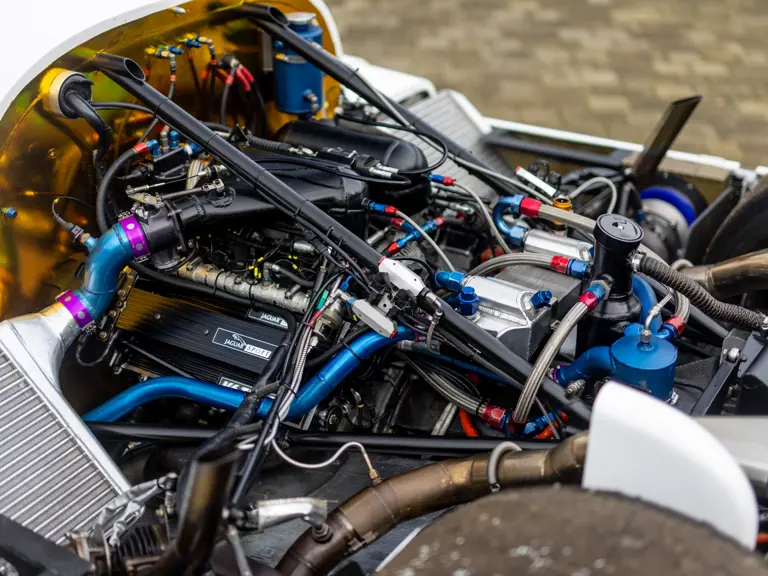

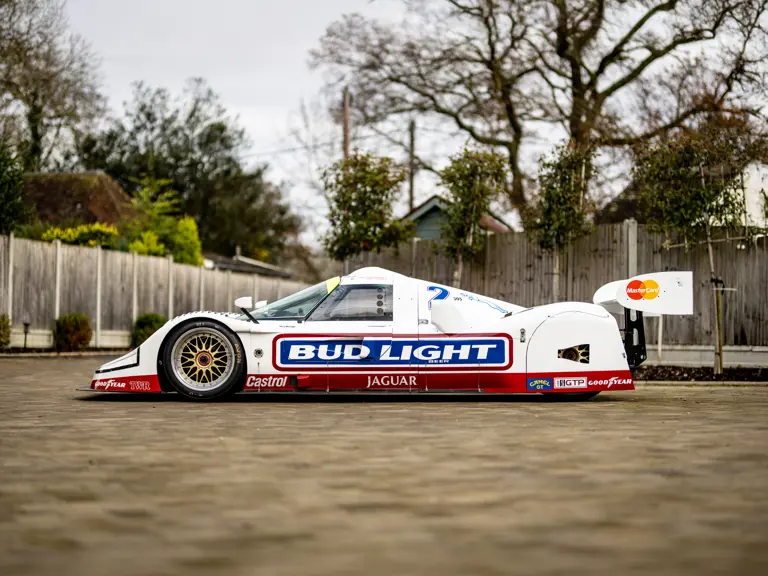



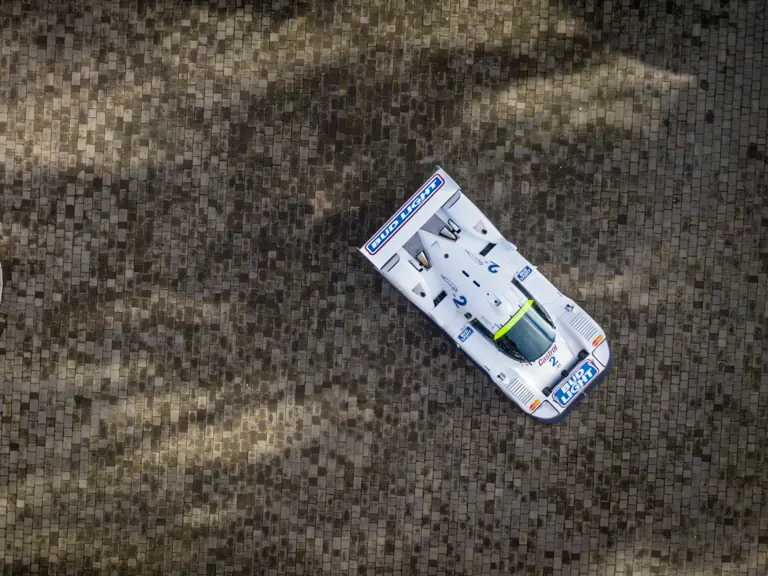









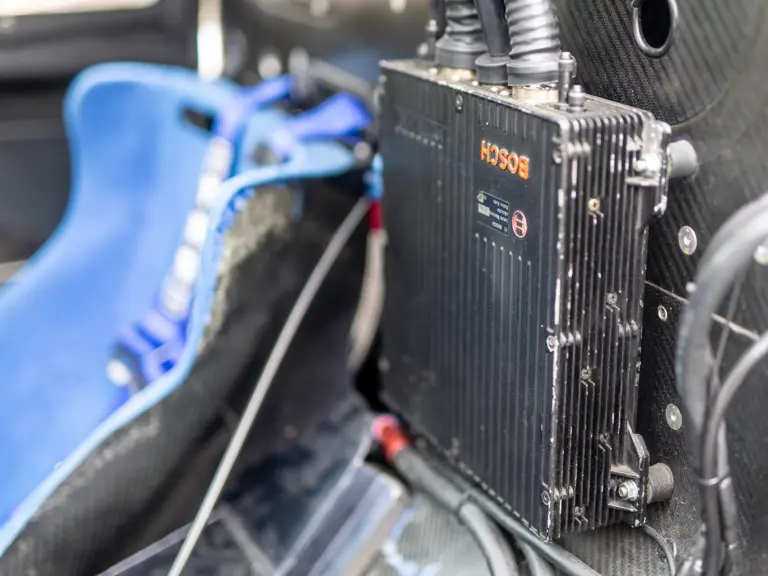
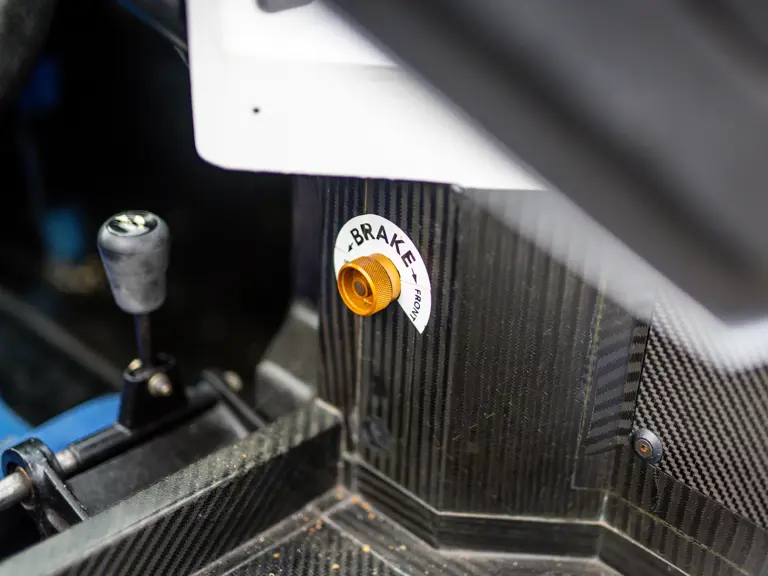



























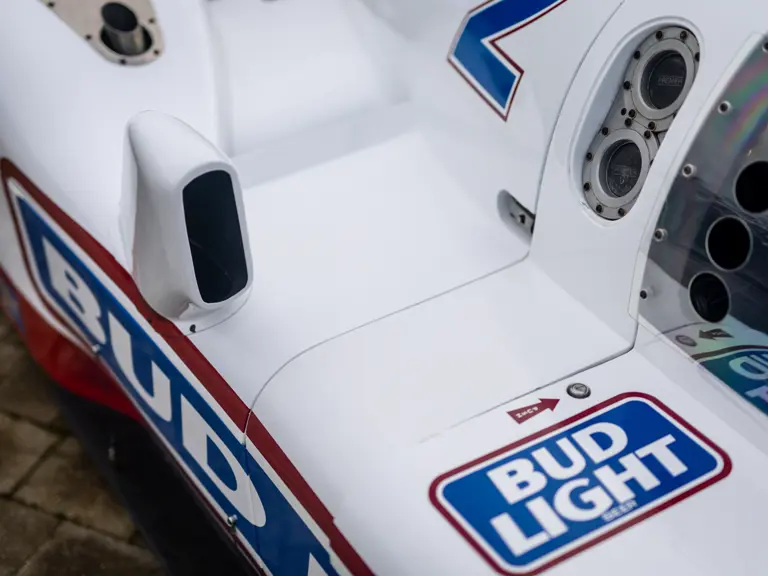

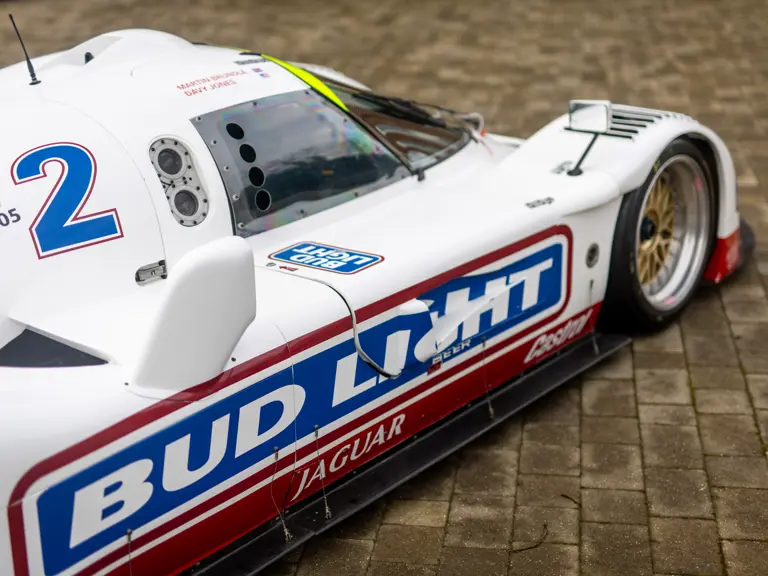


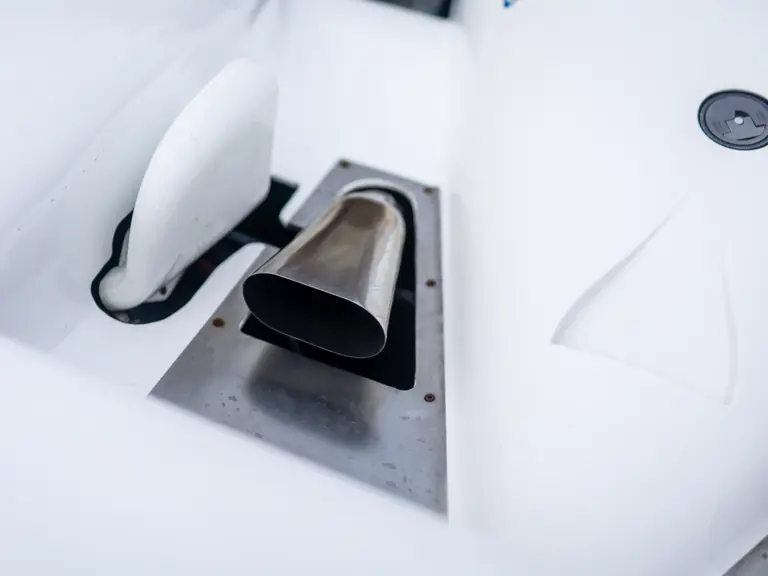



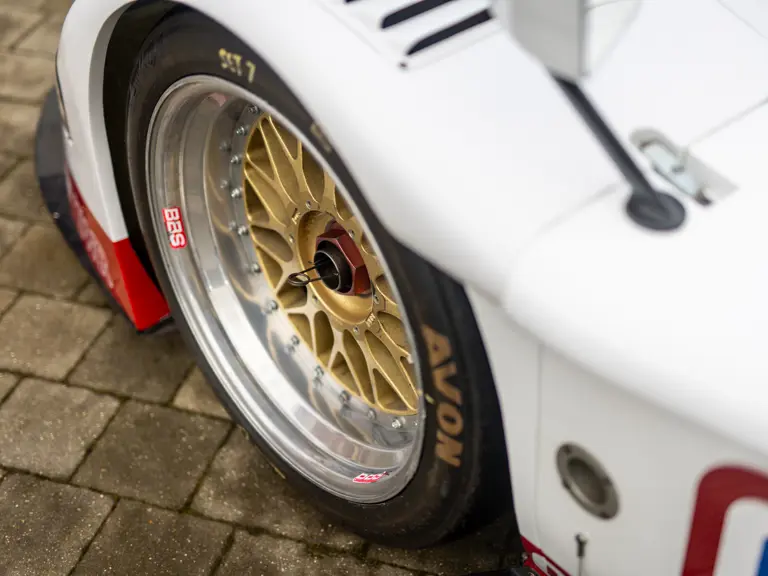









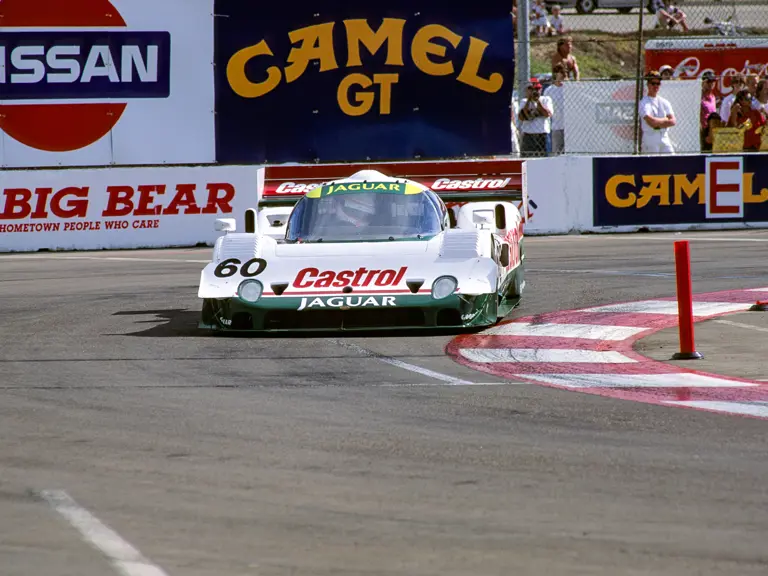

 | Paris, France
| Paris, France

